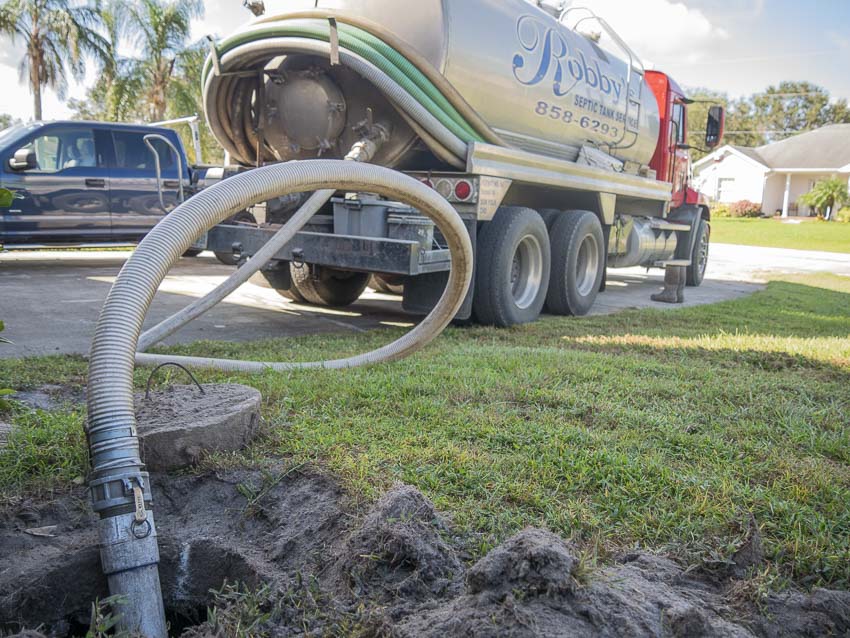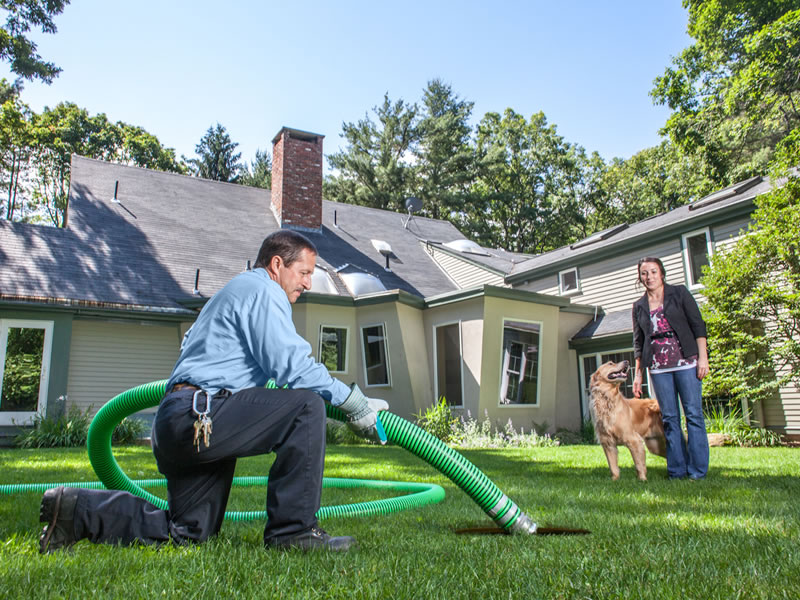The 6-Second Trick For Stillwell Septic And Grading
The 6-Second Trick For Stillwell Septic And Grading
Blog Article
Stillwell Septic And Grading Can Be Fun For Everyone
Table of ContentsStillwell Septic And Grading Can Be Fun For EveryoneGetting The Stillwell Septic And Grading To Work6 Simple Techniques For Stillwell Septic And GradingIndicators on Stillwell Septic And Grading You Need To KnowThe Single Strategy To Use For Stillwell Septic And GradingThe Stillwell Septic And Grading Ideas
A leaky toilet can waste hundreds of gallons of water a day. Take bathrooms with a partially-filled bathtub and do not leave the tap running when doing other tasks. Wash just complete tons of dishes and washing.
The 6-Minute Rule for Stillwell Septic And Grading
Prevent melting stacks of fallen leaves or branches over the drainfield, as the heat can damage the plastic pipelines listed below. Limitation the enhancement of topsoil or compost to no greater than 2 to three inches over the drainfield. Setpic System Repairs. An excellent general rule for landscape design over drainfields is to use shallow-rooted plants that do not require added topsoil to flourish
Grasses, mixed wildflowers, and ground covers with shallow roots are great choices. Plant trees and hedges at least 30 feet away from your septic tank and drainfield to keep roots from getting into and breaking or blocking the drainfield pipelines.
A septic system failure creates unattended sewer to be released and transported to where it needs to not be. This might trigger sewage to come to the surface area of the ground around the tank or the drainfield or to back up in pipes in the structure.
The Greatest Guide To Stillwell Septic And Grading
The individual who falls in obtains out without major injury. Yet a child's unfortunate death is a suggestion to examine your septic tank for harmed or missing covers. Proprietors of septic systems are liable for guaranteeing the systems are secure and function appropriately, including having a safe cover on the tanks
Consistently inspect the condition of the covers for hazards or issues. Maintain the covers protected by fixing or changing all damaged or missing parts. Usage screws, screws, or other locks to protect the covers and protect against easy gain access to. Never ever drive or park lorries on top of septic systems- it can harm or displace the cover.
Stillwell Septic And Grading Things To Know Before You Get This
Make sure the lids are secured after functioning on your septic system. Show children that the septic tank covers are not to be played on or opened.
Noting the degrees will help establish if there is a possible problem with the system. Then, the container will be completely pumped down, getting rid of all of the liquid and strong waste. When the tank is totally pumped, the inlet and outlet tees of the will Full Report certainly be inspected to ensure they are still undamaged and working properly
What Does Stillwell Septic And Grading Mean?
If you are home at the time of service (totally not called for if that's not your thing) you may be asked to purge your commodes to guarantee whatever is moving appropriately. Once the solution is full, the sewage-disposal tank will be covered as it was when we arrived! Experts advise having your system pumped every 3 to 5 years however several variables ought to be thought about when deciding just how usually your septic system needs to be serviced.

If you are experiencing odors in your house, offer us a phone call. This might be an indication of an impending septic back up! Possibly. If your septic has actually not been serviced in even more than 6 months, we would want to service the septic. If the problem continues, a drain cleaner will certainly then be sent out to get rid of the line to the sewage-disposal tank.
Stillwell Septic And Grading Can Be Fun For Everyone

If the ponding is concentrated over the leach field that might suggest a leach line is blocked with Bio-Mat and needs to be fixed or replaced. The majority of septic tanks have 2 to 3 covers; one over the inlet side of the septic system (where the water from your home goes into the storage tank), one in the facility of the tank, and one on the electrical outlet side of the storage tank (where the fluid from the container departures to your leach field).
Sliced up food particles do not damage down in the sewage-disposal tank and can make their way out right into your leach field lines causing blockages. Waste disposal unit, even those significant septic risk-free, are not taken into consideration valuable for your septic tank. Appropriate functioning level is where the water degree in your tank fulfills the outlet tee of the tank.
Report this page